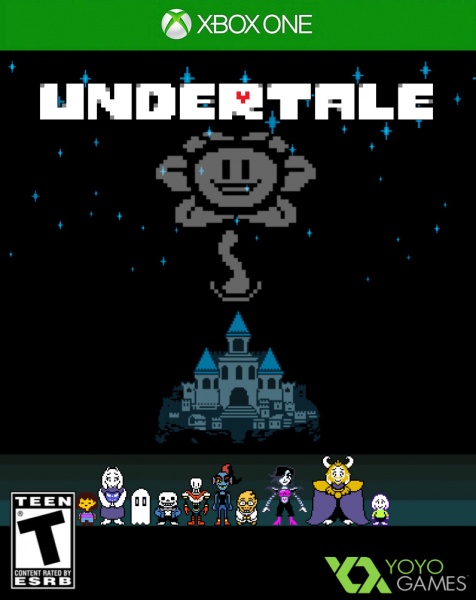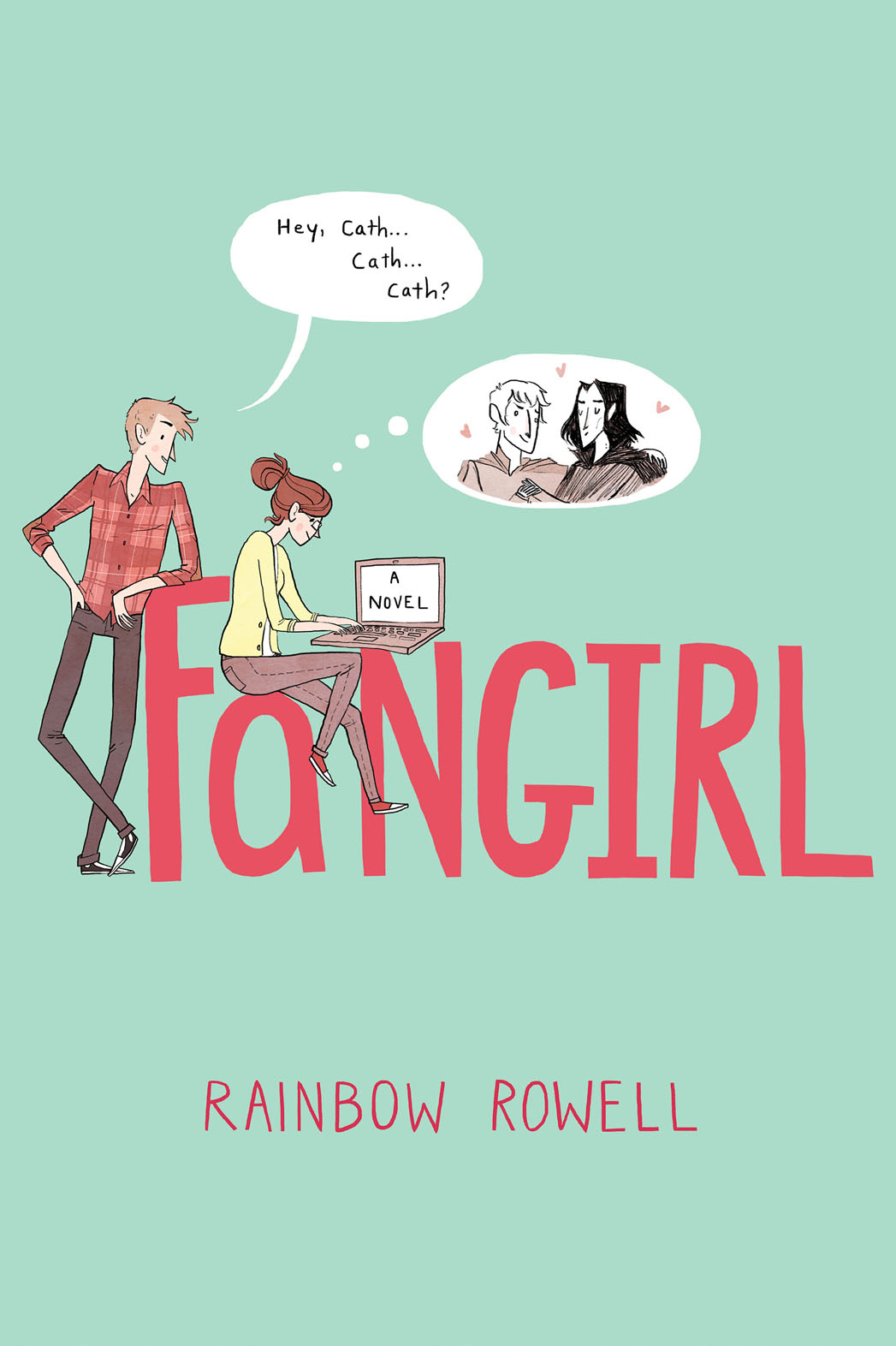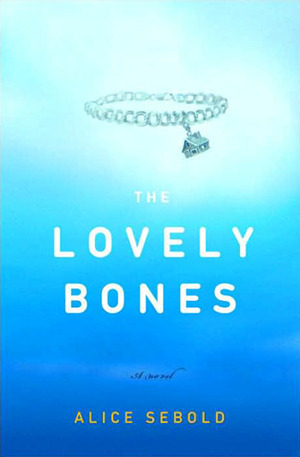Undertale
Developed by Toby Fox
2015, published by Toby Fox
Video Game, Fantasy

Interest Age: 10-adult
Annotation: This fantasy RPG about conflict between humans and monsters encourages nonviolent conflict resolution.
Plot Summary: The game opens with some background explaining that monsters and humans once lived together peacefully. There was a war, however, and humans forced monsters underground. The player of Undertale controls a human child who has fallen into the Underground, the domain of the monsters. The player meets various monsters throughout their journey through the underground trying to get home. There is combat in the game, but the player has the option to either fight or resolve conflict in nonviolent ways. There are multiple ways to get through the game. If the player uses only nonviolent means and doesn’t kill any monsters, that is commonly called a “pacifist run.” The pacifist run results in what is known as the “true ending.” This is the full story and the most satisfying ending to the game, in the sense that it wraps up the most plot points and has the most positive outcome for the most characters. If they kill some and use nonviolent means with some, regardless of the ratio, that is a neutral run. The neutral ending is like an incomplete version of the true ending. The final option is to kill everything in the game, known as a “genocide run.” This option is highly discouraged within the game. It includes killing characters who are the player’s friends, as well as intentionally seeking out every monster in the game to kill them. If that were not enough, monsters beg for their lives and for the player character to change their ways. Even most of the way through the game, characters continue to tell the player that they can be redeemed if only they will stop killing now. It is an emotionally harrowing process to get through this type of run. The ending is sad and bleak, and it permanently damages your game. It is impossible to get the true ending after you play a genocide run, and characters in the game make reference to the genocide run throughout subsequent runs.
Critical Evaluation: Though this game was not made for children, it does appeal to people of all ages. It was probably intended primarily for adults, since they are the primary audience for independent video games. It is a great game for all ages because of its anti-violence message. I really appreciate how the game rewards you for using nonviolent means to resolve conflict. It is such a unique way of creating a game, and yet it still feels like a classic game in a lot of ways. The combat system is actually fun in this game, so it might seem unfortunate to have to not fight, but the player still gets to defend themselves and thus still enjoy how it works. It’s a great message to kids and adults alike to have a game that rewards nonviolence.
Author Biographical Information: Toby Fox is an indie video game developer, composer, and musician most known for developing and composing the soundtrack for the critically acclaimed roleplaying game Undertale.
Ties to Curriculum Units: Violence in video games and other media
Booktalking Ideas:
- Talk about the game’s anti-violence message
- Talk about the different possible plot paths
Challenge Issues: Violence
Challenge Defenses:
- Mention awards the item has won or been nominated for
- State the library’s collection development policy
- Reference the ALA’s Library Bill of Rights
- Provide rationale for the item being in the collection
- As a last resort, offer the patron a “Request for Reconsideration” form


